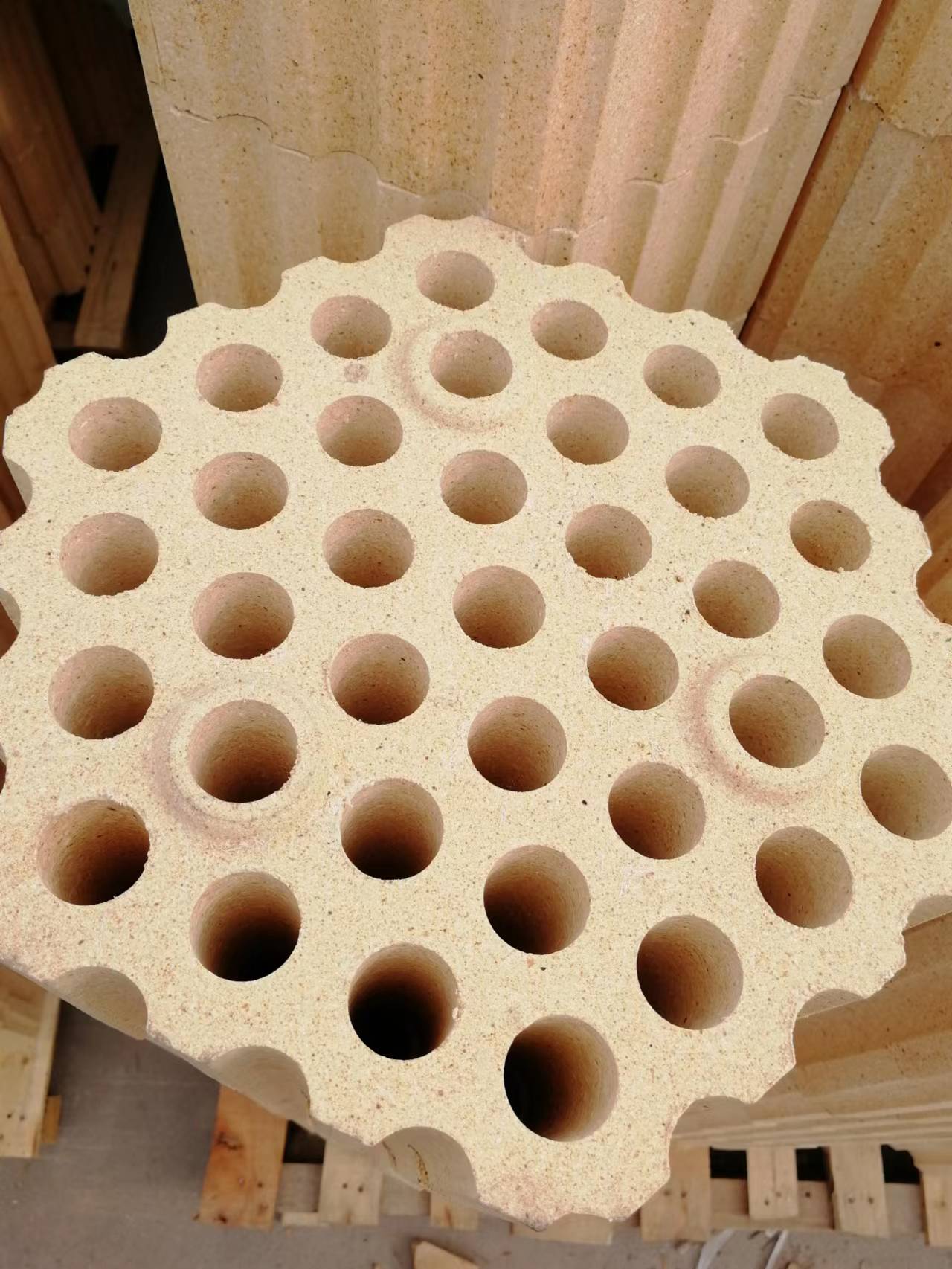Stainless Steel Continuous Casting Requirements for Refractory Materials And "Three Major Parts"
Jan 18, 2024The main technical requirements of refractory materials for continuous casting are: resistance to high temperatures above 1600~1650°C; good thermal shock resistance; high high temperature flexural strength and compressive strength; small changes in thermal expansion and contraction; good resistance to slag corrosion; resistance to The impact ability of molten steel is high; the construction is convenient and the cost is low. For stainless steel, since the carbon content of this steel type is required to be as low as possible, the refractory materials are required not to easily cause carbonization of the molten steel, nor to bring inclusions to the molten steel.
In order to meet the requirements of refractory materials for special steel continuous casting, after several years of efforts, my country has initially established a refractory material system for special steel continuous casting. Their configuration is: steel flow protection between the ladle and the tundish, using A12O3 containing It is a baking-type A12O3-C long nozzle (protection tube) with about 40% A12O3-C quality; the tundish uses an A12O3-C integral plug rod containing about 50% A12O3; the molten steel between the tundish and the crystallizer is protected by Combined and integral A12O3-C immersed nozzles containing 40% to 50% A12O3; the intermediate tank is lined with magnesium insulation boards; fused quartz products are also used.
 At present, stainless steel continuous casting has problems such as nozzle clogging, stopper rod argon blowing control, corrosion resistance of refractory materials and pollution of molten steel. The "three major parts" of continuous casting refer to the long nozzle between the large ladle and the middle ladle (also known as the ladle protection sleeve), the plug rod, and the immersed nozzle between the middle ladle and the crystallizer. The functions of the long nozzle and the immersed nozzle are to guide flow, prevent splashing and oxidation of molten steel, and regulate the flow state of molten steel. The bowl part of the long nozzle is connected with the drain outlet of the ladle sliding nozzle. Due to the rapid flow of molten steel, negative pressure is generated there and air is sucked in, causing the molten steel to undergo secondary oxidation to form contaminated molten steel.
At present, stainless steel continuous casting has problems such as nozzle clogging, stopper rod argon blowing control, corrosion resistance of refractory materials and pollution of molten steel. The "three major parts" of continuous casting refer to the long nozzle between the large ladle and the middle ladle (also known as the ladle protection sleeve), the plug rod, and the immersed nozzle between the middle ladle and the crystallizer. The functions of the long nozzle and the immersed nozzle are to guide flow, prevent splashing and oxidation of molten steel, and regulate the flow state of molten steel. The bowl part of the long nozzle is connected with the drain outlet of the ladle sliding nozzle. Due to the rapid flow of molten steel, negative pressure is generated there and air is sucked in, causing the molten steel to undergo secondary oxidation to form contaminated molten steel.
In order to prevent secondary oxidation of molten steel between the ladle and the tundish, argon sealing measures must be taken, including argon gas sealing of the ladle sliding nozzle system and argon gas sealing of the long nozzle of the ladle to the tundish tank. At present, aluminum carbon long nozzle is used, in which A12O3 is 50% to 55% and the C content is 28% to 31%. The immersed nozzle introduces the molten steel in the middle ladle into the crystallizer. Due to contact with the molten steel and slag, the refractory material containing oxide and graphite is initially covered with a slag film, which moistens the oxide and makes it beneficial to graphite. It melts and produces a graphite-rich layer on the surface.
The molten steel wets and melts the graphite under favorable conditions for oxides, causing the graphite layer to disappear and the surface of the refractory material to be covered with a slag film. This process is repeated. In other words, the oxide is corroded by the slag, while the graphite is corroded by the molten steel. For stainless steel continuous casting, the refractory materials of long nozzles and immersed nozzles are required to have excellent thermal shock resistance and slag corrosion resistance, high resistance to molten steel erosion, and high high-temperature strength.
Tags :